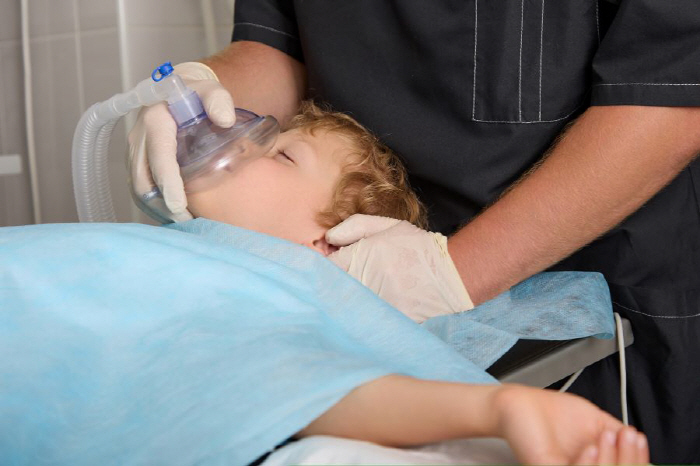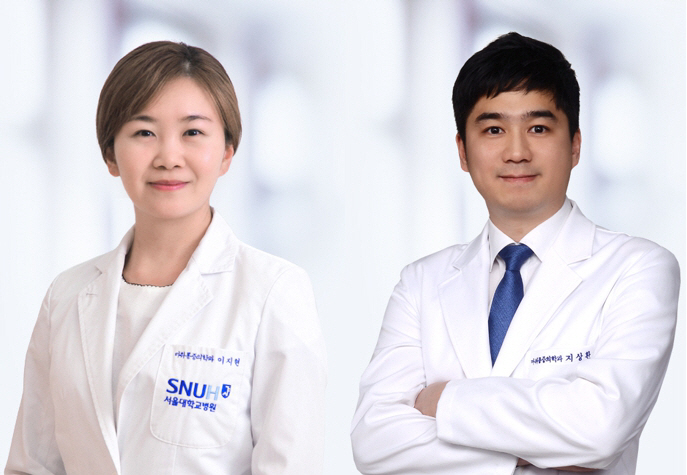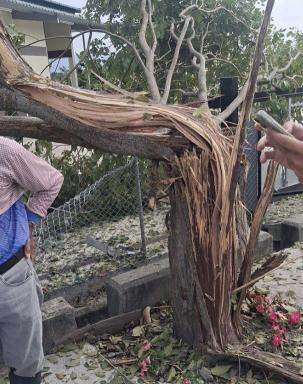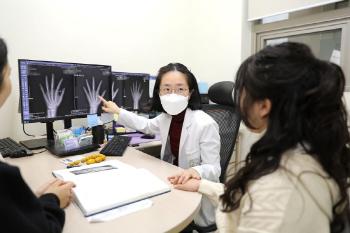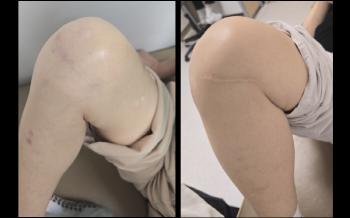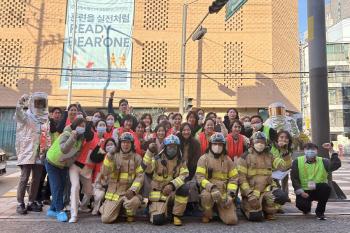Short childhood general anesthesia, no impact on intelligence and behavioral development
|
Every year, millions of children around the world receive general anesthesia for surgery or procedures. The most commonly used method is to use an inhalation anesthetic called 'anesthetic gas'. However, parents are worried that anesthesia at a young age will cause problems in brain development. Some animal experiments have reported that inhalation anesthetics can cause nerve cell damage or cognitive decline, and the U.S. Food and Drug Administration (FDA) also warned in 2016 that long-term (more than three hours) or repeated general anesthesia could harm brain development.
However, clinical studies so far have confirmed that single or short general anesthesia does not leave a clear problem with long-term cognitive function. However, there was insufficient evidence as to which anesthetic was safer or whether it was helpful to administer several drugs in combination and reduce the amount of inhalation anesthetic. In response, the research team conducted a study to verify the effect of 'balanced anesthesia', which uses the sedative dexmedetomidine and the analgesic remifentanyl, known to be less neurotoxic, together with the inhalation anesthetic sevoflurane, on children's nerve development.
Balanced anesthesia refers to a method of reducing side effects while maintaining an anesthetic effect by using multiple drugs together instead of a single drug.
This study is a prospective, double-blind, and randomized clinical trial conducted on 400 single-surgical patients under the age of two from 2020 to 2023. Only short operations within approximately 2 hours were performed, and participating patients were randomly assigned to two groups. One group used only inhaled anesthetics (sevoflurane) 'single group', and the other group was 's soldier group' with adjuvant drugs (dexmedetomidine, remifentanil) coadministered to the same sevoflurane.
After that, when patients were 28 to 30 months old, nonverbal intelligence tests (K-Leiter-R) and caregiver-reported behavioral and emotional development evaluation (CBCL) were performed to compare their developmental status. Finally, 343 patients were included in the analysis.
|
However, no statistically significant difference was observed in all evaluation items such as intelligence index (IQ), behavioral and emotional development, and language ability (P>0.05). In other words, the anesthesia method using supplementary drugs while reducing inhalation anesthetics in a single short operation did not make any clinical significant difference in children's short-term cognitive or emotional development.
Previous major overseas studies such as Pediatrics Anesthesia Neurodevelopment Assessment (PANDA), Mayo Anesthesia Safety in Kids (MASK), and General Anaesthesia compressed to Spinal Anaesthesia (GAS) mainly focused on 'the presence or absence of anesthesia' or 'the difference between total anesthesia and spinal anesthesia'. On the other hand, this study is differentiated in that it directly verified the safety of 'balanced anesthesia', which regulates the concentration of inhaled anesthetics widely used in actual clinical practice in children requiring general anesthesia. The results of this study are expected to be used as a reference for drug selection and dose control during general anesthesia in children in the future.
Professor Ji Sang-hwan (Department of Pediatric Anesthesia and Pain Medicine) said, "This result is an interim analysis at 28 to 30 months, and so far, short general anesthesia does not seem to affect children's cognitive or emotional development. We plan to finally verify long-term safety through follow-up evaluation at the age of 5 in the future."
Professor Lee Ji-hyun (Department of Pediatric Anesthesia Pain Medicine) said, "This study is an important result of objectively verifying the short-term neurodevelopment effect of single general anesthesia in a real clinical environment, and shows that inhaled anesthetics currently used are relatively safe. We hope that this result will ease anxiety among parents and medical staff and contribute to the establishment of safety guidelines for childhood anesthesia in the future."
The findings were published in the latest issue of the international journal 『Anesthesiology" (IF 9.1).
|
This article was translated by Naver AI translator.
